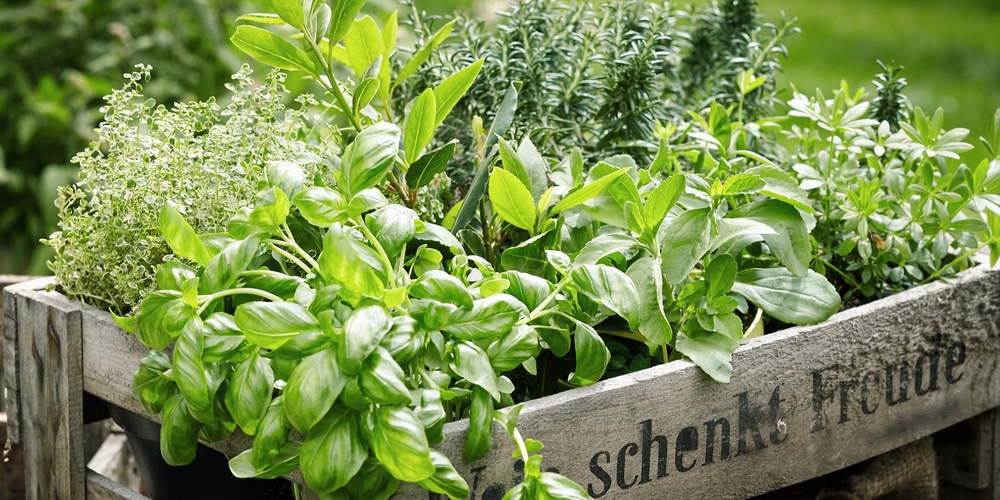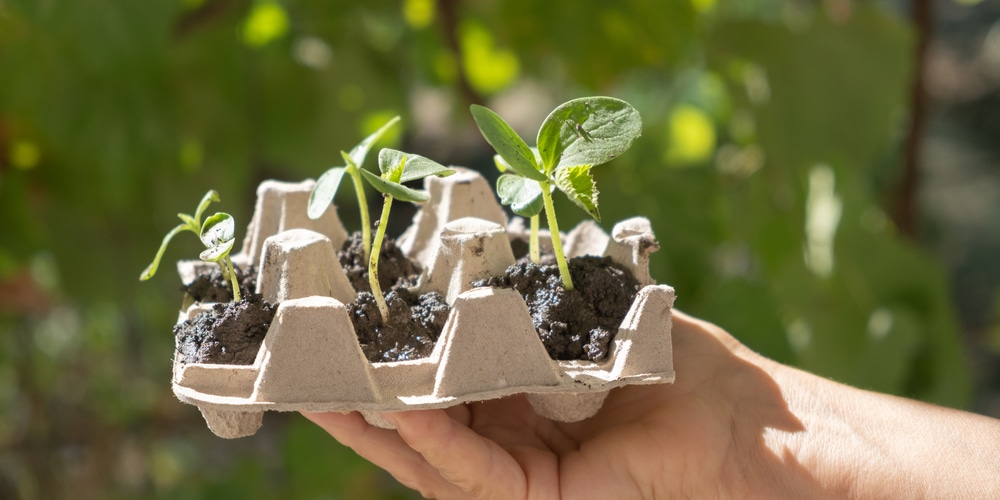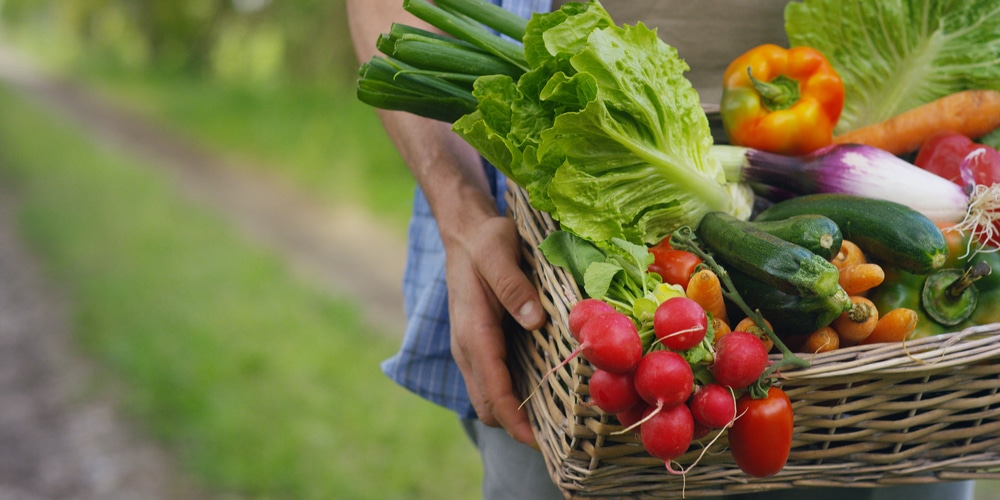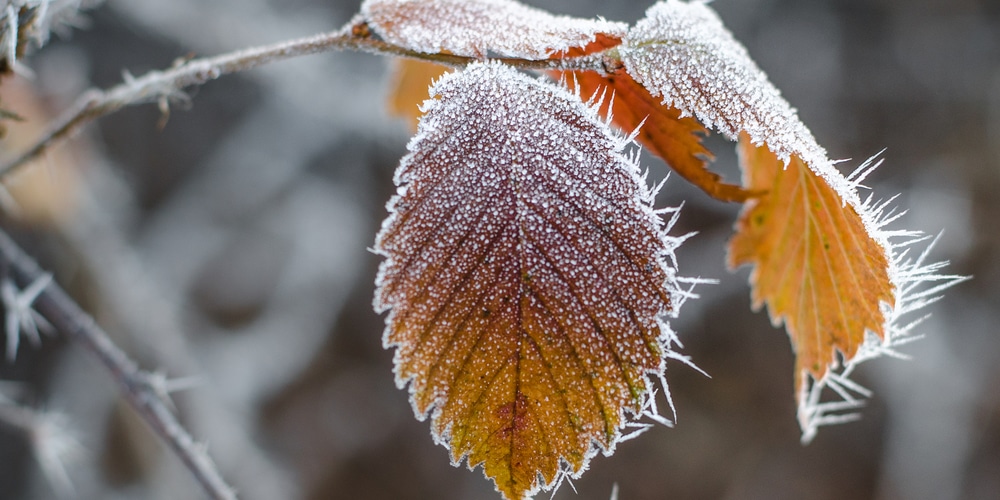When planting a vegetable garden, you’ll need to decide which types of vegetables you want to grow and then figure out when to plant your seeds. The gardening season generally begins in the early spring, and some seeds can be planted as early as February or March.
It can be challenging to determine the exact time to plant your garden, as this will depend on your location, climate, first and last frost dates, and the type of vegetables you want to grow. Let’s look at when to plant a garden.
When to plant a garden?
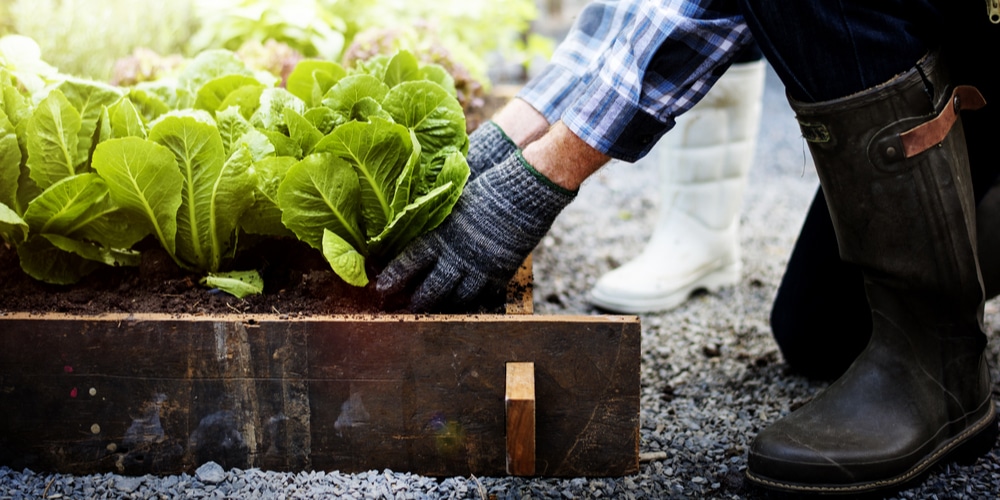
Most gardeners will begin planting vegetables in the early spring at the start of the growing season. Don’t plant vegetable seeds until after the last frost has thawed. You can start planting seeds inside earlier and then transplant them into your vegetable plot when the weather begins to improve.
The frost date is the last date that frost is expected in your state or zone. These dates should be carefully considered before planting. If you plant your seeds too early, they will get cold and die or won’t germinate. To determine the frost dates in your area, you can look at a planting calendar or the farmer’s Almac, which will give you an idea of the best planting times.
If you live in hardiness zone 5 and are planting a vegetable garden, you’ll need to be aware that the last frost is likely to be at the beginning of April, generally between the 1st and 15th. These dates can be used to determine the best time to plant. You won’t be able to plant your seeds outside until after the 15th of April. Some vegetables can be grown inside in March and transplanted outside in the third week of April. The frost dates vary depending on the area you live.
It’s also worth noting that the optimal planting times for each vegetable, herb, or flower varies. For example, in most areas, broccoli, and kale can be planted in either March or April, whereas it’s best to wait until May to plant corn or tomatoes.
When to Plant Herbs in a Garden
Herbs can be grown either indoors or outdoors after the last frost has thawed. You can also buy young herb seedlings, which can be planted directly into your garden in the spring or early summer. Like vegetables, the exact time to grow herbs will depend on zones, frost dates, and the type of herbs you plan to grow.
Should I plant my seeds indoors?
Many gardeners decide to start growing vegetable seeds inside, either in a greenhouse or on the windowsill in their homes. This helps them get a head start on the gardening season, and as soon as the last frost thaws, the plants can be transplanted into the garden.
Many people plant early, as buying a pack of seeds is a much cheaper option than purchasing a starter plant. Other gardeners like to raise their plants themselves by seed so that they can see the whole process through to the end and know that their plants have had a healthy start in life, which will hopefully produce a higher yield. Growing from seed inside is excellent as it allows you to follow organic practices.
However, the main reason that most gardeners begin by growing their seeds inside is to protect their young seedlings from the colder weather. Not all plants tolerate the spring cold well, for instance, peppers don’t like the cold at all. That being said, many plants do best being planted outside from the start. You may like to start vegetables such as broccoli, cabbage, lettuce, tomatoes, and melons indoors.
Transplant seedlings
Timing is essential, and knowing when to transfer your seedlings to your garden outside will contribute to the plant’s success. If you keep your seedling inside for too long, you’ll risk it becoming root-bound. If you transplant too soon, the weather may still be cold, and your plants won’t be strong enough to cope with the elements. It’s a good idea to move your seedlings outside during the day and bring them back inside at night for a few days before transplanting to help them acclimatize.
The best way to tell whether a seedling is strong enough to be transplanted isn’t by size but by the number of leaves it has grown. Many vegetable varieties grow tall quickly but aren’t ready to go outside until they have three or four leaves.
Second growing season
If you missed the prime growing season, there are options to start later in the year. In many areas, a second crop can be grown by planting seeds again in the late summer or early fall. This will mean you’ll have fresh vegetables throughout the fall and perhaps even winter.
If you’re planting your seeds later or aiming for a second crop, the plants will need enough time to grow before the first frost. The first frost is usually between the beginning of September and the end of November, depending on where you live.
A second growing season is common in warmer climates which includes zones seven to 10. This means that you’ll have two opportunities to plant and harvest your favorite vegetables. If you live in Florida, you’ll be able to plant vegetables such as peppers, chilies, and tomatoes in February or March. These can be enjoyed throughout the summer, and you can then plant again in the early fall to keep your kitchen stocked throughout winter.
Calculate planting dates
You can create a planting schedule for your garden by determining when the first frost date (which can be found here) is and then counting backward. This will allow you to work out the best date to plant your seeds. Remember that each variety of vegetables will take a different amount of time to grow to maturity. Look at the seed packets to work out when you can plant your seeds to give them time to grow.
Conclusion
In most places, you’ll be able to plant your vegetable garden in the early spring. You can also continue growing and planting in the summer to create a second harvest for the fall and winter in some areas. You’ll need to find out when the first and last frosts are expected and then plant your vegetables accordingly. Many seeds can be grown indoors, which means they’ll be ready to plant as soon as the frost has melted.
